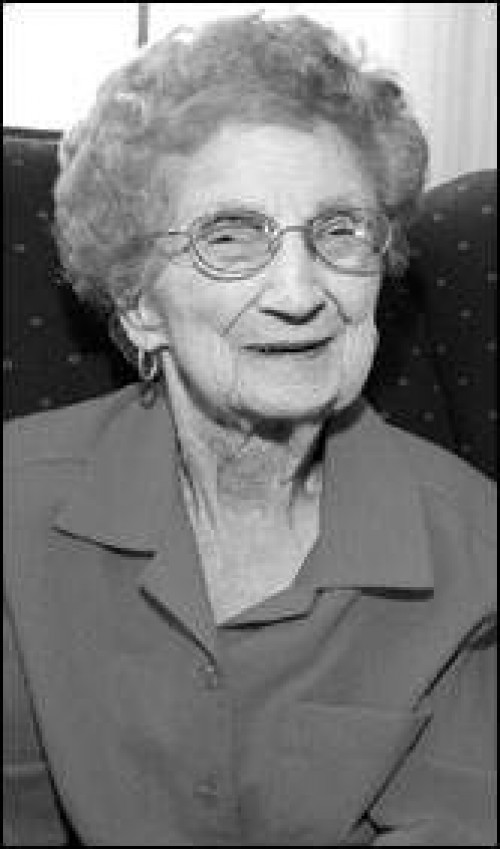
Hazel Abernathy
November 12, 2007Homer Watts, Jr.
November 14, 2007Providing Louisiana’s residents healthcare that works
Since Hurricane Katrina hit more than two years ago, the healthcare system in New Orleans has been in critical condition.
Doctors and hospitals have absorbed patients, both insured and uninsured, who previously relied on the Charity system in the greater New Orleans area. The increased patient loads have challenged physicians and nurses and resulted in increases in emergency room visits and longer wait times for patients.
Not that everything in the healthcare arena was great before then.
Louisiana ranks 46th in overall health status, 51st in avoidable hospital usage and costs, 3rd in emergency room visits and 4th in prescription drug usage. Prior to hurricanes Katrina and Rita, Louisiana had a higher proportion of uninsured adult residents than almost any other state.
The traditional “safety net” system was expensive and inadequate before the hurricane; with the continued closure of Charity Hospital in New Orleans, it is simply not functioning.
The hurricanes that caused so much destruction have given Louisiana the opportunity to fix a broken system. It’s time for a change.
A new group of experts has developed a plan to revamp healthcare delivery in the greater New Orleans area. The Coalition of Leaders for Louisiana Healthcare (COLLAH) represents all facets of healthcare in the state – from doctors, insurers and hospitals to consumers and businesses. It has a plan to cure the woes still facing the residents of New Orleans, one that can serve as a model for all of Louisiana.
COLLAH’s “Access to Coverage, Access to Care” plan is a voluntary program that would offer 80,000 uninsured adults living under 200 percent of the federal poverty level access to personalized care through a comprehensive coverage program (called RightCare) backstopped by ongoing funding for safety net care.
Patients who enroll in RightCare will receive comprehensive care, specialized and hospital-based treatment, coordinated by a primary care physician in a “medical home.” Health information technology will facilitate reporting of services and ensure that patients are receiving coordinated, quality care.
When it is rebuilt, the Medical Center of Louisiana – New Orleans, along with community hospitals and private clinics, will compete for and be accessible by RightCare enrollees and any patients who remain dependent on a “safety net” of care. The emphasis on primary care will reduce avoidable hospitalization and utilization of emergency rooms, both of which are sadly more the rule than the exception in the state.
The roots of this group can be traced to the Louisiana Health Care Redesign Collaborative, the concepts of which were widely supported and endorsed by the governor, the Legislature, the Louisiana Department of Health and Hospitals (DHH), the U.S. Department of Health and Human Services (HHS), LSU and Tulane. Many members of COLLAH were key participants in the Collaborative. COLLAH’s plan picks up where the collaborative study left off; state subsidies and federal matching dollars make “Access to Coverage, Access to Care” affordable.
So what’s next?
The plan will require state and federal approval. There is no better time to push for reform than now. Governor-elect Jindal’s background with DHH and HHS give him the opportunity to be the “healthcare governor.”
The Legislature, even with (or perhaps because of) all the new faces, is primed for reform. Additionally, the passage of Senate Bill 1 in the past legislative session has set the stage for many of the ideas outlined by COLLAH.
During the recent elections, the words “reform” and “change” have been heard on the lips of candidates both old and new.
It’s time for them to put their campaign promises into action and create a healthcare system that works for all Louisiana patients.








